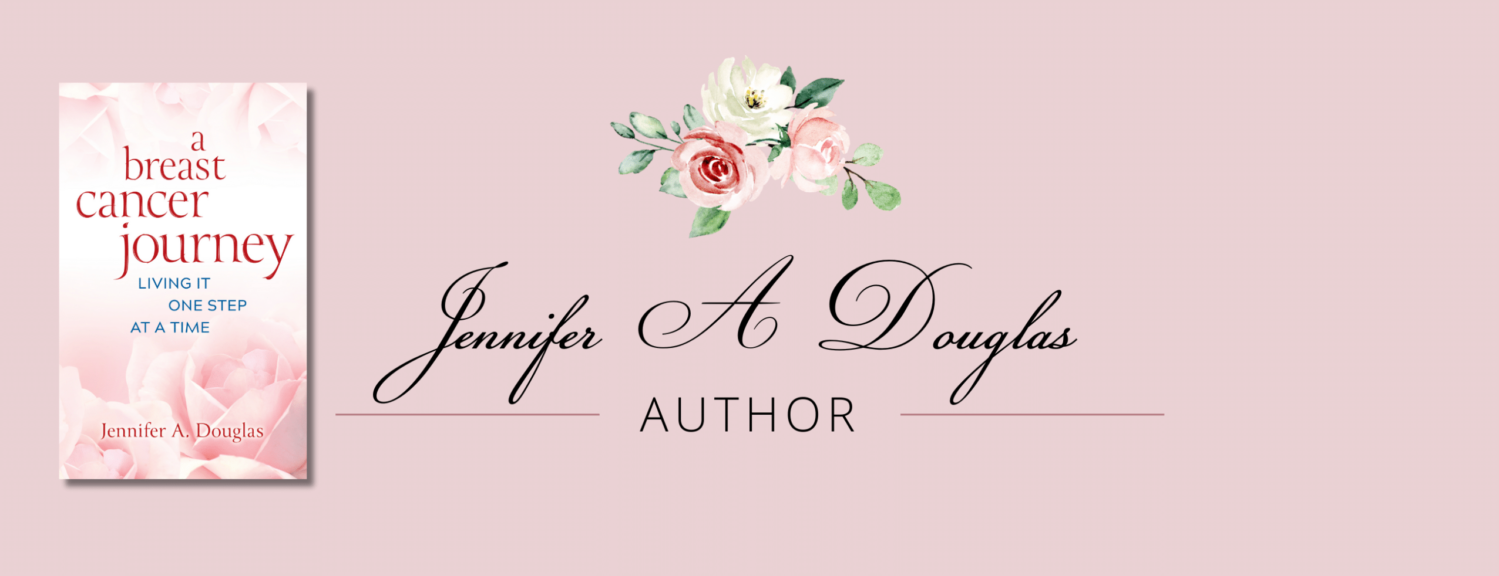
Breast Imaging Focus: What Is A Diagnostic Mammogram?
“We’d like you to come in right away for a diagnostic mammogram,” my doctor said urgently, “I’ll put in the order for it now.”
Confused, I responded, “I just got a mammogram. Why do I need to come back for another one? Shouldn’t I have an ultrasound as well?”
“The radiologists want to get a more zoomed-in picture of something that showed up on your screening mammogram. That’s what the second mammogram is for. I’ll put in an ultrasound order, too,” she replied.
Thus began my walk into the costly and important world of diagnostic breast imaging. Unlike screening mammograms, which insurance covered at no cost to me, diagnostic imaging was more detailed and had a much higher price tag.
Screening vs. Diagnostic – A Costly Transition
In the United States, many insurers cover screening mammograms at 100% when a woman reaches a certain age. But, if there is a finding on that mammogram that is abnormal, the imaging stops being considered preventative. In my case, because I have a high deductible health care plan, I would need to pay for the entire cost of the diagnostic imaging until I hit my annual deductible.
Now that I have a confirmed history of cancer, all of my mammograms are considered diagnostic and carry a hefty out-of-pocket cost. So even though I’m not in active treatment, monitoring my breasts for a new cancer is something I need to budget for.
Before I was a cancer patient, our family would often go an entire year without hitting our annual deductible. That isn’t the case anymore. Since my diagnosis, we’ve hit our out-of-pocket maximum each year.
According to research published in 2018 , the median cost of a diagnostic mammogram was $243. How much your medical center charges for this procedure will vary greatly. You might consider asking what your center charges for the mammogram during the scheduling process.
It’s possible that your screening mammogram may transition into a diagnostic mammogram on the same appointment, which makes knowing your actual cost even more difficult. If you notice the technician wanting to take more views of each breast than two, ask if the mammogram has been changed to a diagnostic mammogram. That way, you won’t be surprised with a bill a couple of weeks later!
Everyone’s insurance cost-sharing is different, so please take some time to familiarize yourself with your policy so that you can be aware before the bill shows up.
What is the Difference Between a Screening and a Diagnostic Mammogram?
The same machine can perform both types of mammograms. Screening mammograms include the same views for each patient. However, the images taken during a diagnostic mammogram are customized for each patient. This could consist of additional zoomed-in views of an area of interest or a different angle. In addition, the technician will sometimes change out the imaging plates and use one with a different size or shape.
As I mentioned above, many imaging facilities have a plan to convert a screening imaging appointment to a diagnostic appointment in real-time. This means that if something shows up on your screening mammogram that would benefit from another look, the radiologist can proceed directly to a diagnostic mammogram without the patient needing to make another appointment. This can be beneficial because we are already there!
During my diagnostic mammograms, special attention is given to the area where I had DCIS. Often, the technician will change mammogram plates to enable the right compression level. I’m usually not sore after a screening mammogram, but I have had some soreness after my diagnostic mammograms.
Since I’ve had breast cancer, my mammograms are now scheduled as diagnostic and not screening. One of the things I appreciate about this is the real-time results I get after the procedure.
Diagnostic Mammogram Procedure: My Experiences
When I arrive in the mammogram room, the technician will use special tape to mark my scars and go over my medical history before we begin.
She takes the first few images that have been ordered, and then she will consult with the radiologist. She will step out of the room and walk down the hall to talk with the radiologist. On some occasions, the radiologist has been available only via phone consult. Either way, this real-time consult is one of the key differences between a screening and a diagnostic mammogram.
After what usually feels like an eternity, the technician will return and either take more mammogram images, ask me to stay for an ultrasound, or let me know that the radiologist will be in to talk to me shortly.
I make sure to bring my phone into the mammogram room because there is typically a wait between imaging sessions. If I can play a quick game of Disney Emoji while I’m waiting, I can keep my anxieties in check.
Before Your Appointment: Make Sure the Center Has all Your Imaging
It is essential that the imaging facilities have all of your breast imaging on file because the radiologists will use prior imaging to compare to the images taken in this session. During my 18 month imaging, the radiologist compared the ultrasounds and mammogram images extensively before being comfortable with his evaluation. I was grateful that the imaging was all on file so that the comparison could be as complete as possible.
If you are going to a new imaging facility, I would encourage you to call ahead and ask them if they need you to obtain copies of your previous imaging. In some cases, I have needed to bring a CD of the images from one office to another because the computer systems didn’t share the actual images. It is best to be prepared before the diagnostic imaging begins so that you can get the results as quickly as possible.
Communicating Results
Since the radiologist is available for immediate consult during diagnostic mammograms, there may be an opportunity to talk directly with her after the imaging session is complete. For example, at the facility I go to, the radiologist will come in and have a brief conversation with me once the imaging is finished. I appreciate these conversations because I can walk out of the office knowing what is next.
Some of the questions I like to ask the radiologist include:
- What is the Bi-Rads score of my images?
- When should I come in next for my imaging?
- Are there any follow-up procedures I need to schedule?
- What is my breast density?
- Should I follow up with my doctor?
In some cases, the imaging facility might not communicate the results directly to you during the appointment. If that’s the case, I would ask the technician when you should expect results from the diagnostic imaging.
I prefer diagnostic mammograms to screening mammograms because they allow me to talk directly to the radiologist and get my questions answered. I also like to walk out of the appointment knowing my results right away.
Diagnostic mammograms offer more detailed pictures to the radiologists of findings in our breasts. Sometimes these images mean that more follow-up is required, and other times, there is enough information to give us the all-clear until our next scheduled imaging.
Here are links to my posts about my diagnostic mammogram experiences:
Additional Resources
If you’d like to learn more about diagnostic mammograms, here are some additional resources:
- What is the difference between a diagnostic mammogram and a screening mammogram?https://www.nationalbreastcancer.org/diagnostic-mammogram
- What is a Diagnostic Mammogram? https://thewomensimagingcenter.com/diagnostic-mammogram/
- Breast Imaging: Diagnostic Mammogram, https://www.uclahealth.org/radiology/breast-imaging/diagnostic-mammogram
- https://www.cancer.gov/types/breast/mammograms-fact-sheet
- Breast Imaging frequently asked questions, https://www.acr.org/Advocacy-and-Economics/Coding-Source/March-April-2019/Breast-Imaging-FAQ
- Why your insurance company may pay for your mammogram- but not any follow-up exams: https://www.healthline.com/health-news/insurance-pays-mammograms-but-not-follow-up-exams#The-costs
- Cost of diagnostic imaging, https://www.komen.org/uploadedFiles/_Komen/Content/What_We_Do/Advocacy/komen-understanding-cost-coverage-with-dbi-final-report.pdf
- https://www.chicagotribune.com/lifestyles/health/sc-hlth-mammogram-costs-1205-story.html
- Costs of breast imaging and diagnostic imaging, https://www.ncbi.nlm.nih.gov/pmc/articles/PMC5875586/
Jennifer Douglas
Jennifer is the author of "A Breast Cancer Journey: Living it One Step at a Time," breast cancer survivor, and patient advocate. Her book, published in 2023 by Bold Story Press, is an encouraging guide for breast cancer patients. It contains first-hand information, organized by topics, to help readers navigate the diagnosis, treatment, and recovery from breast cancer. Her writing emphasizes emotional, mental, and physical well-being along with empowered decision-making.


You May Also Like

Beyond Surviving: Pursuing Joy after Breast Cancer (in France)
October 13, 2023
An Inconclusive Biopsy: More In-Between Ahead
July 8, 2022
